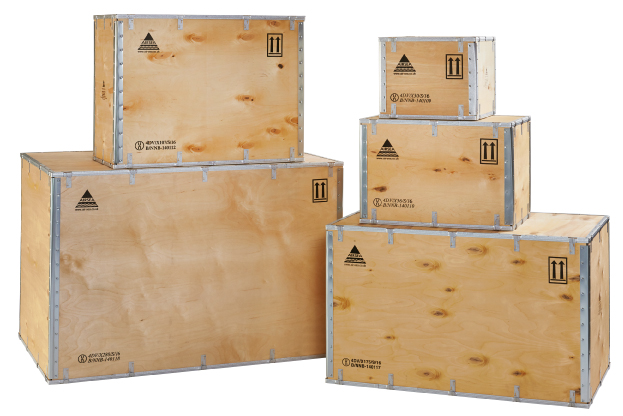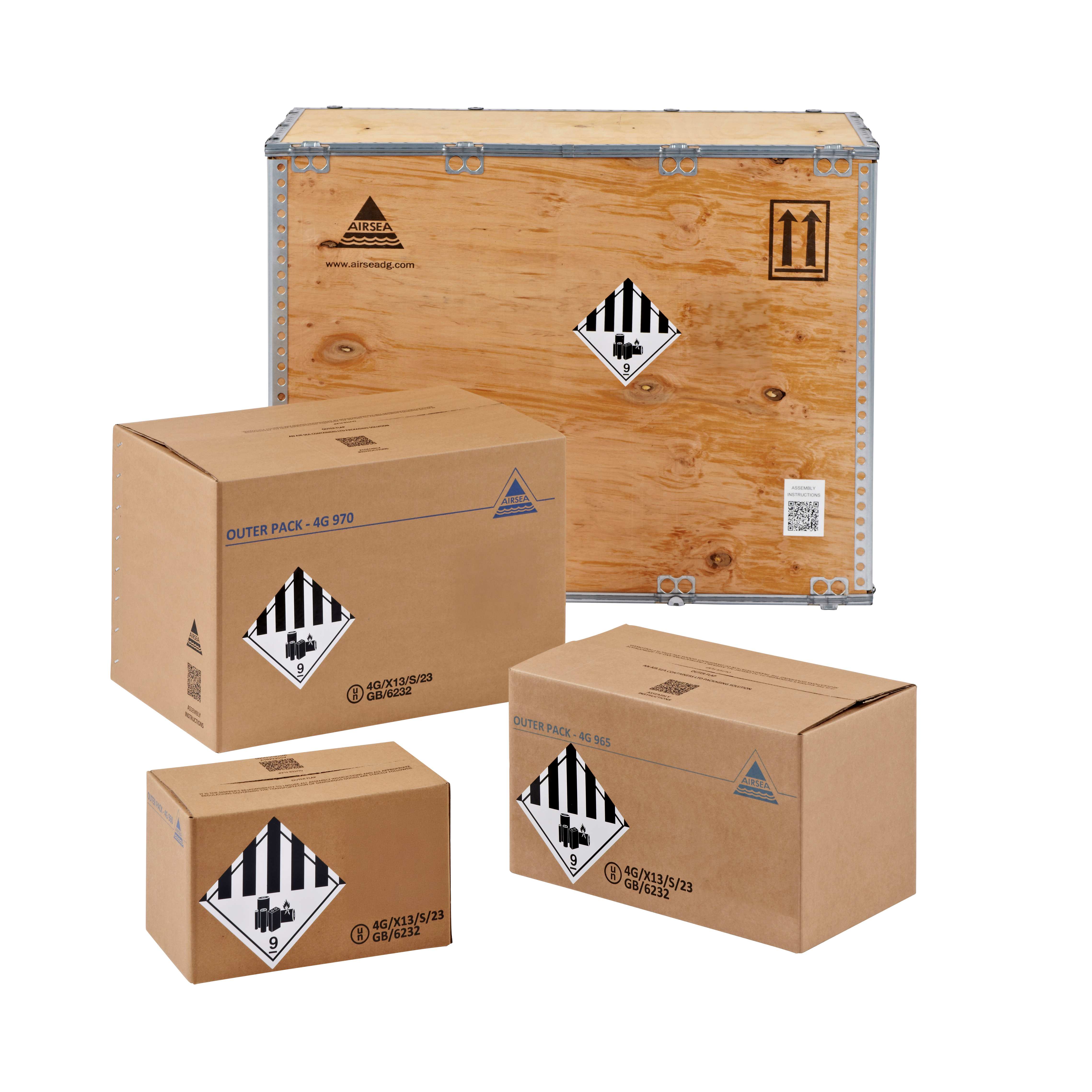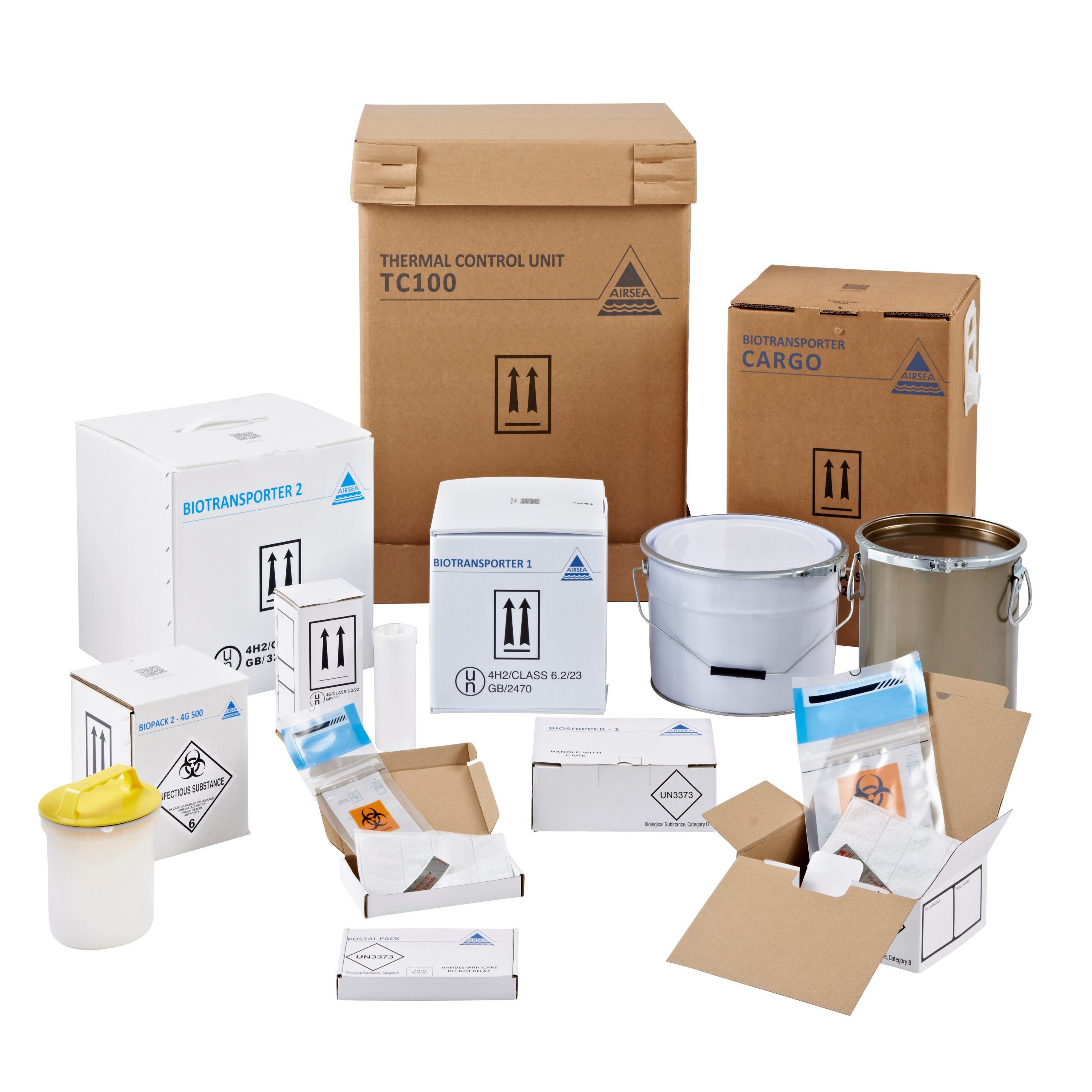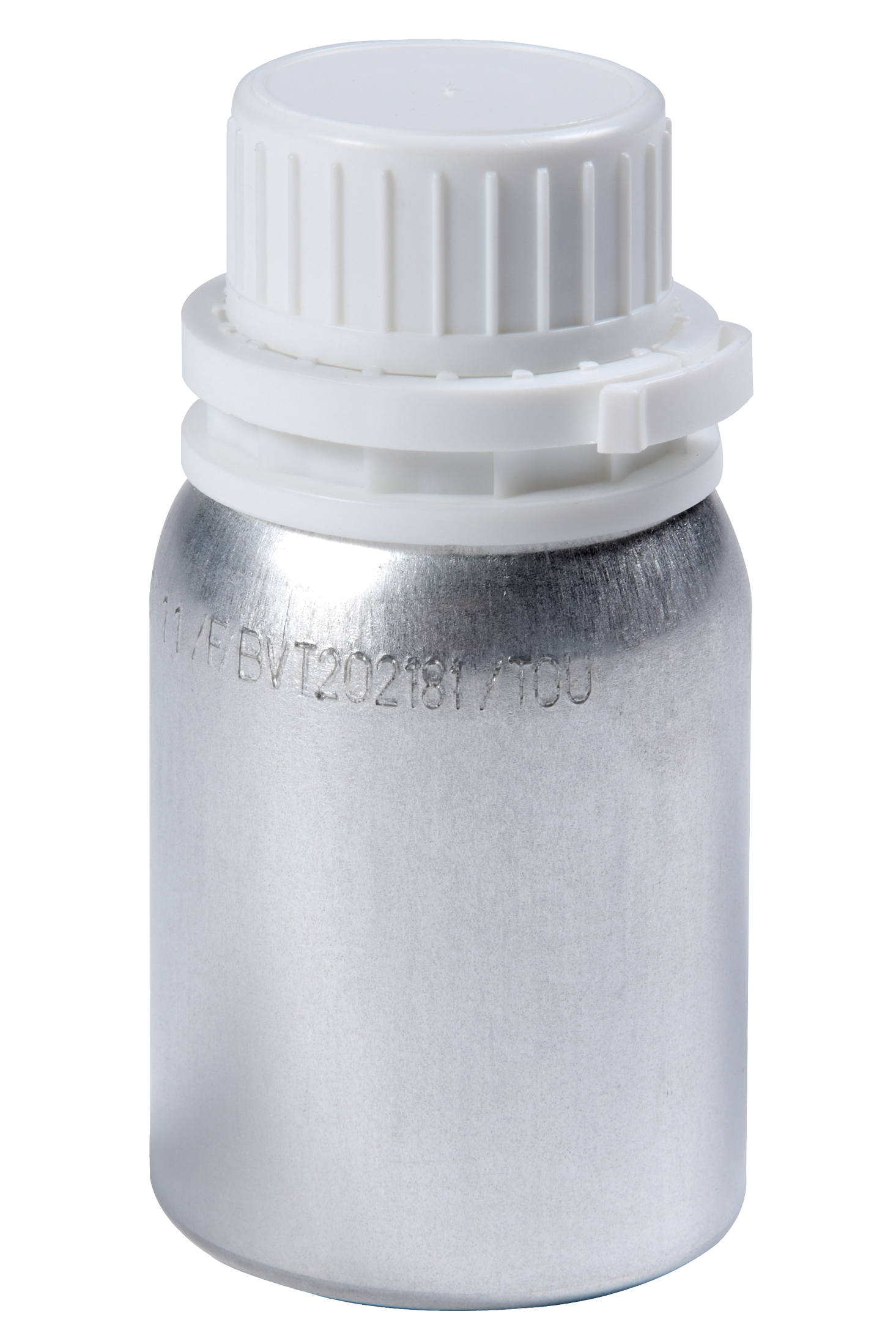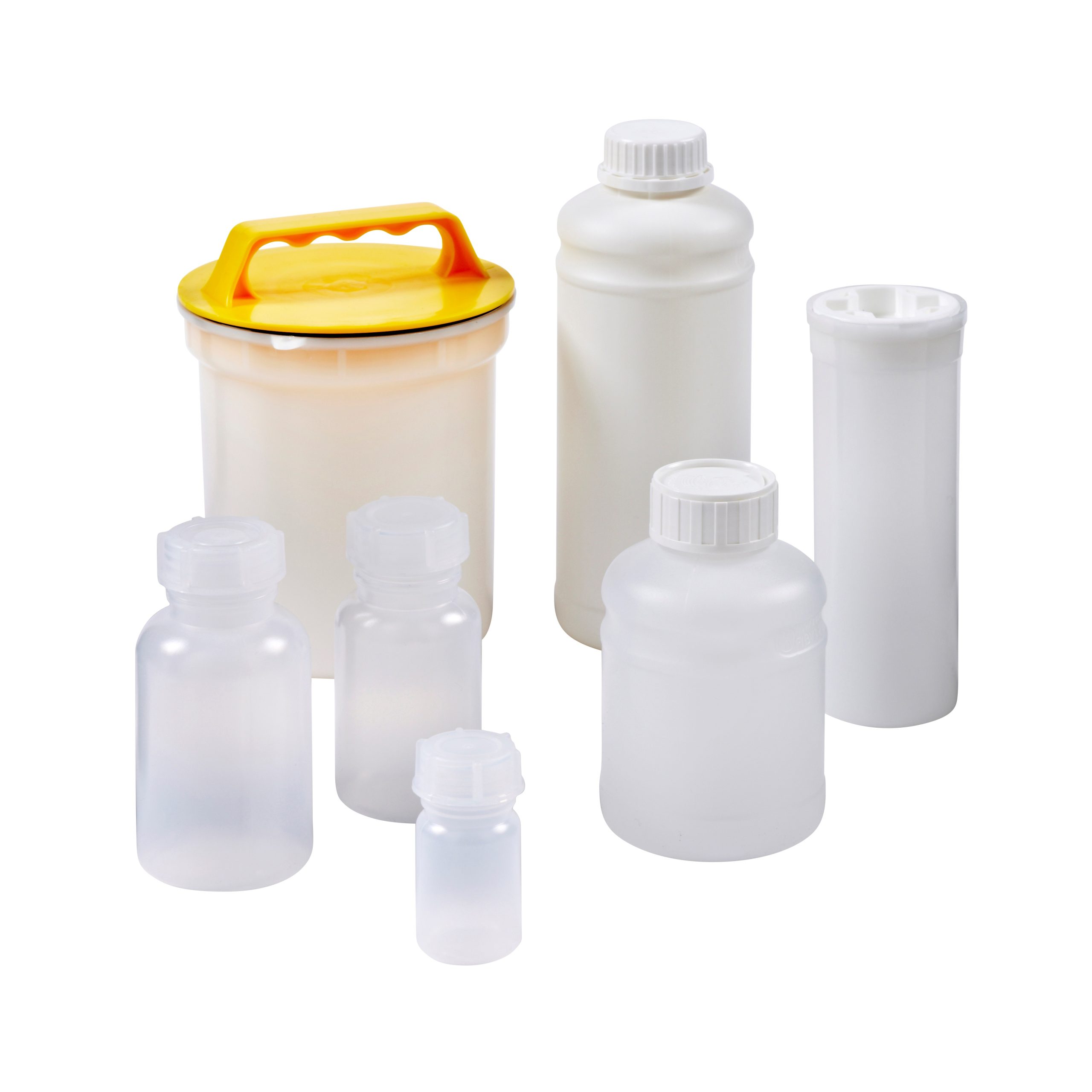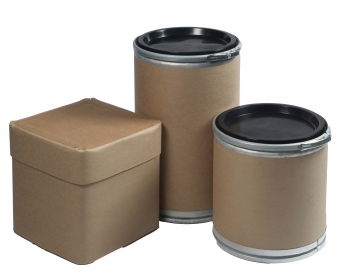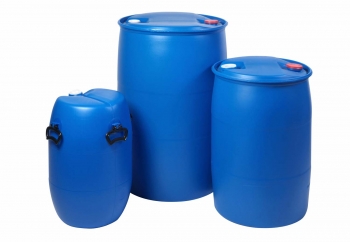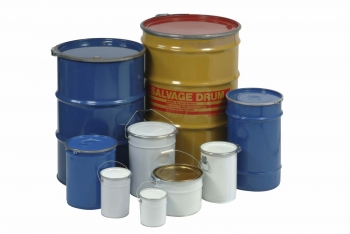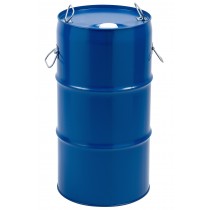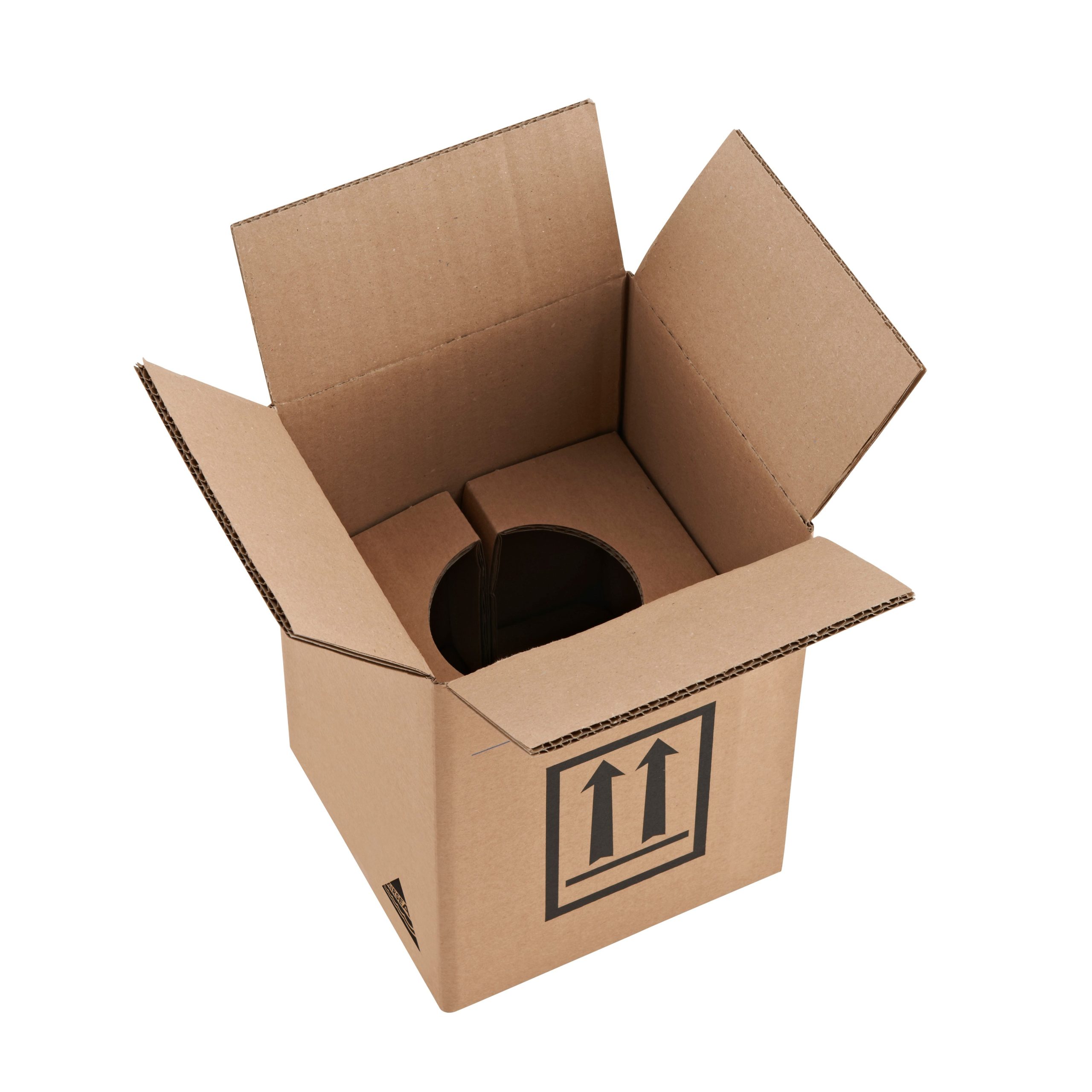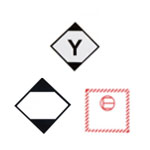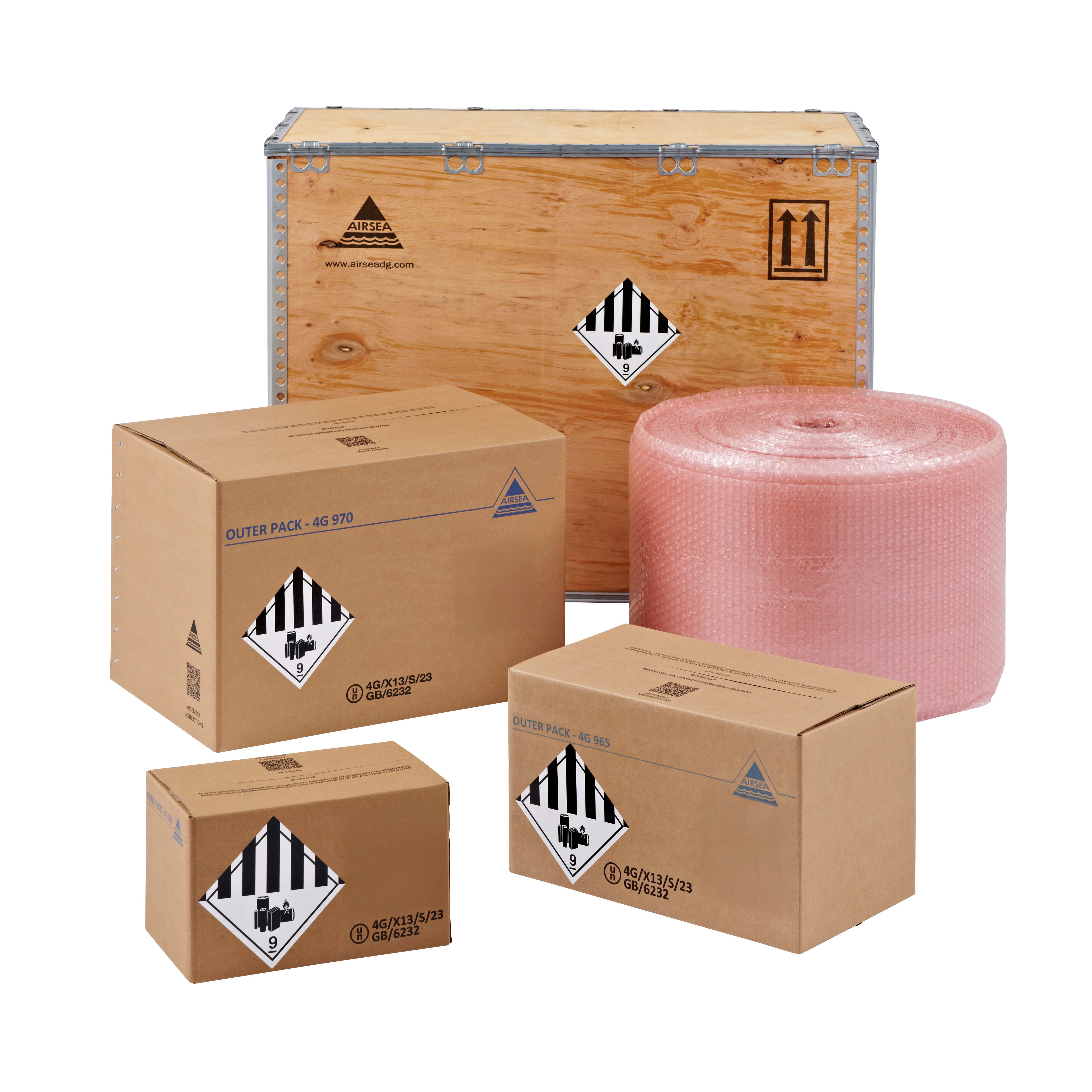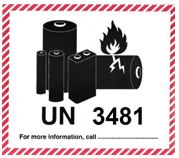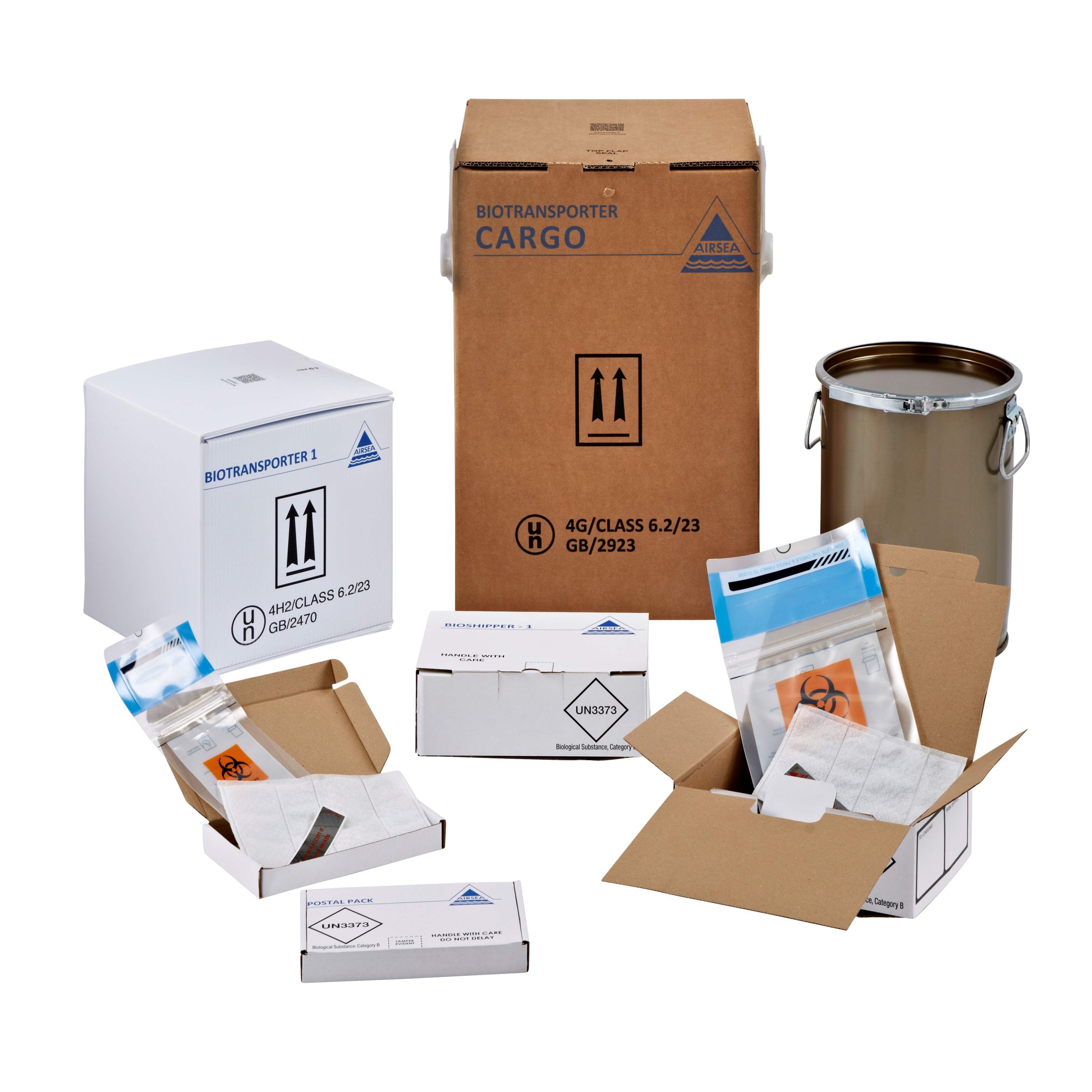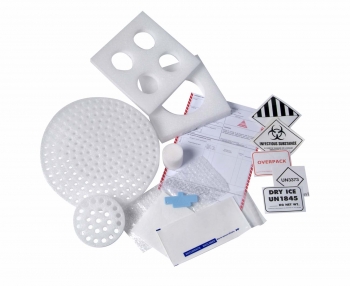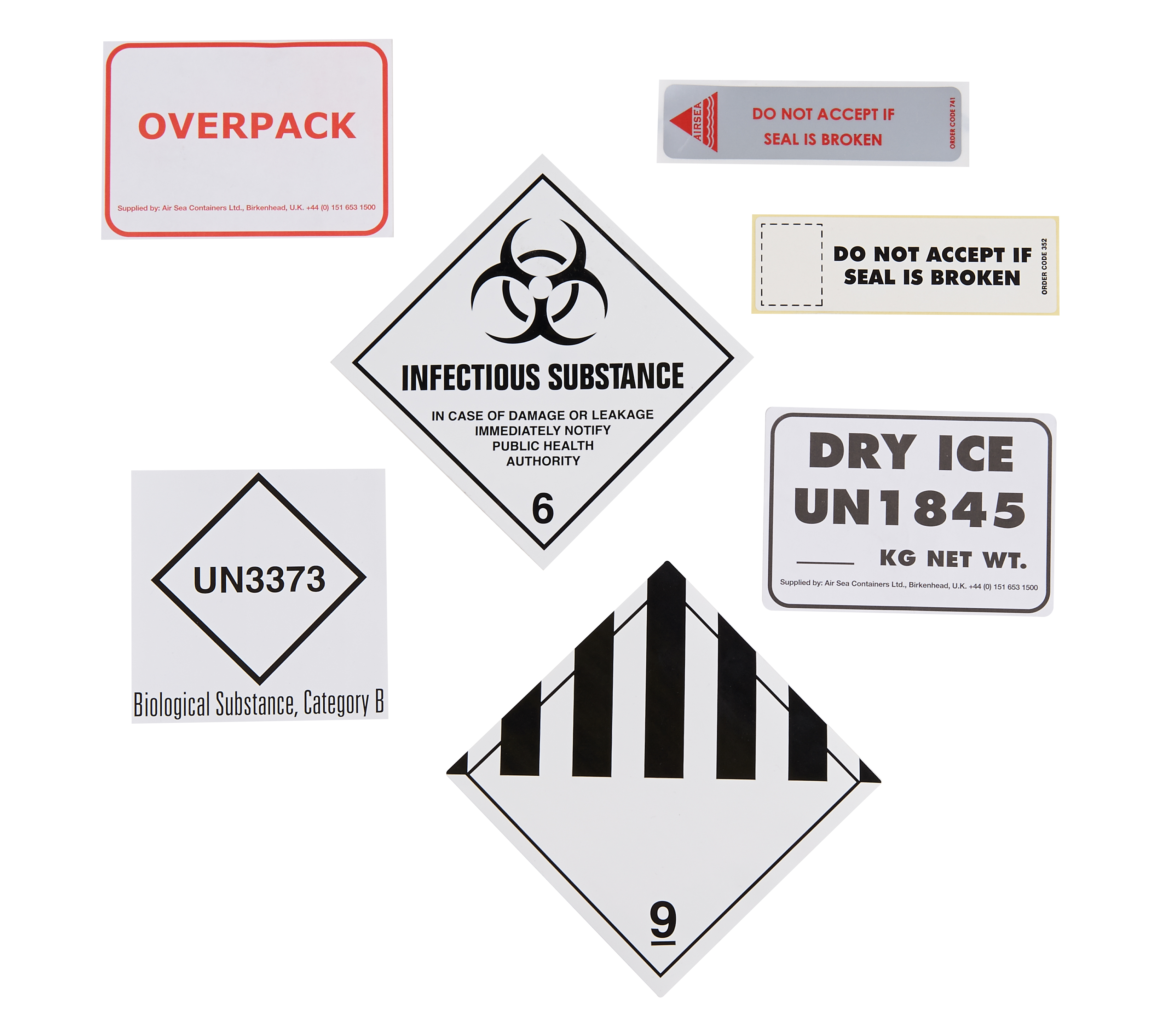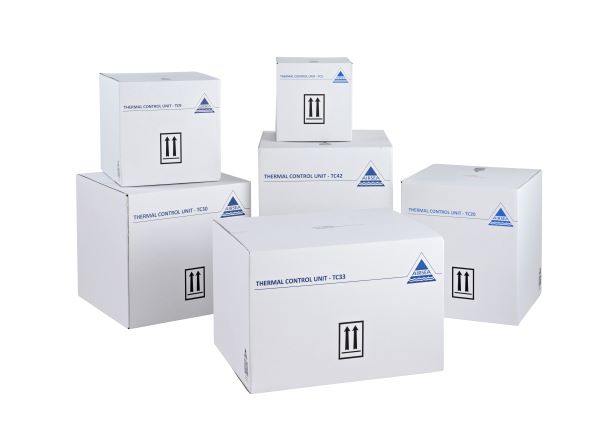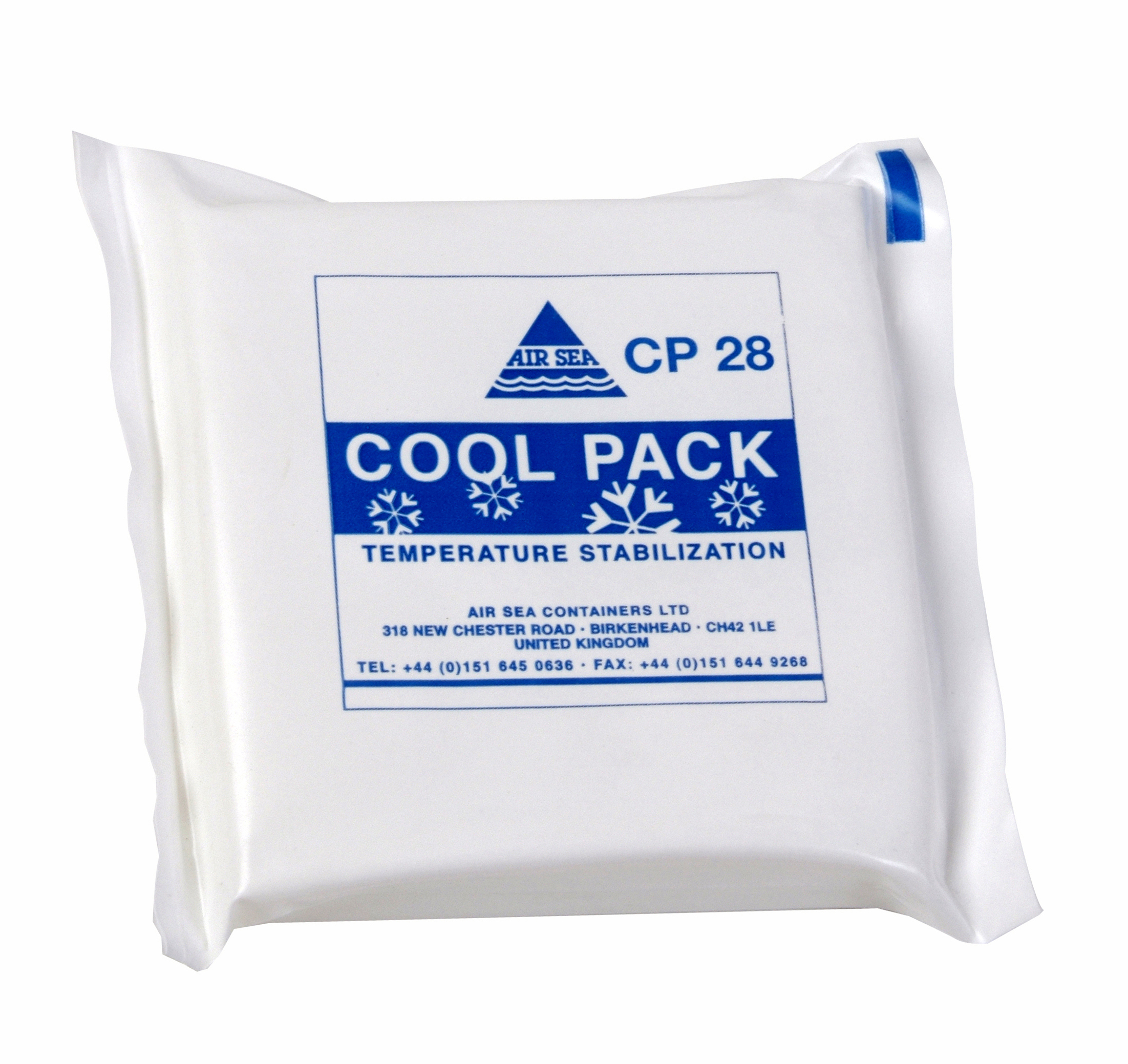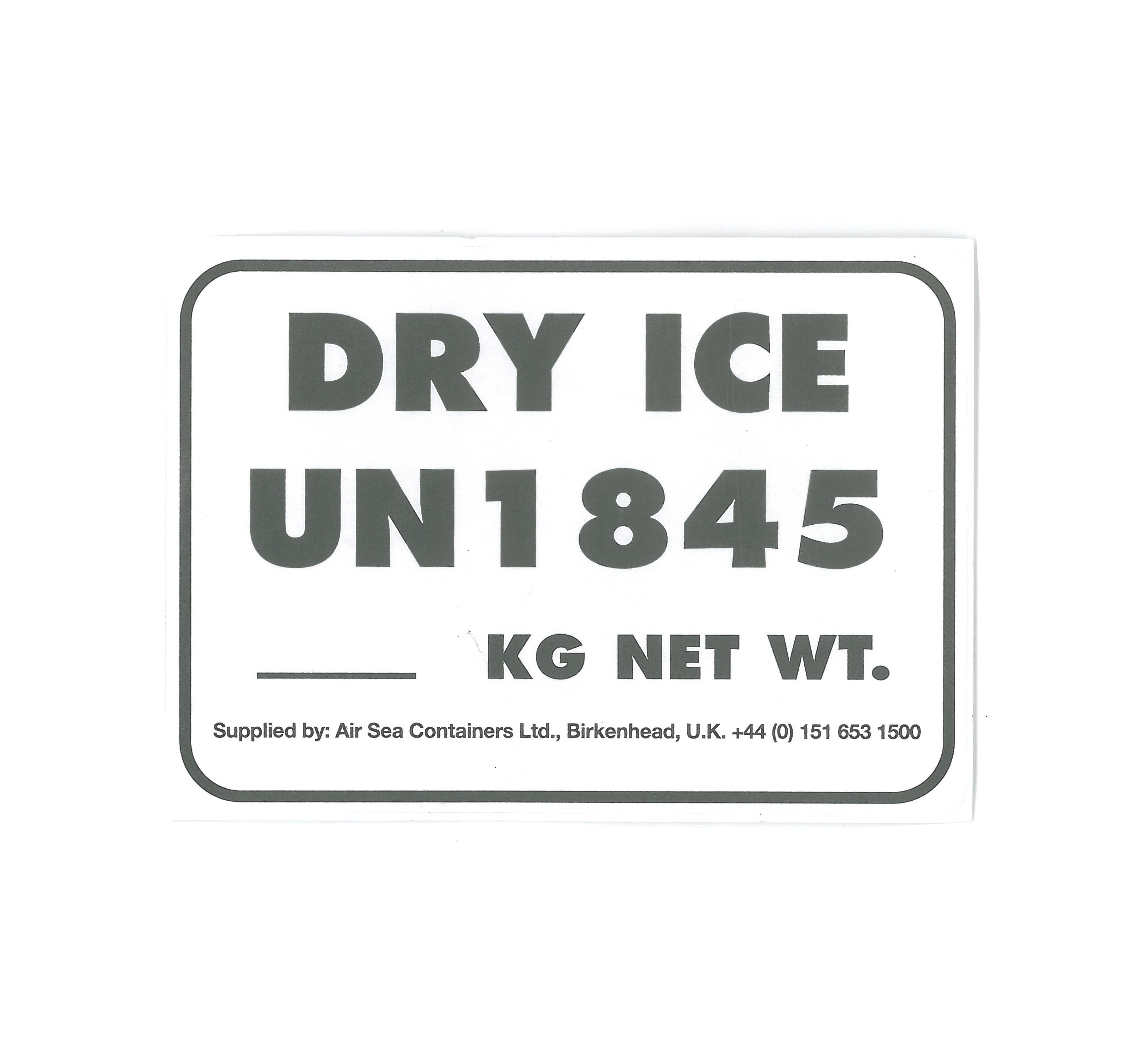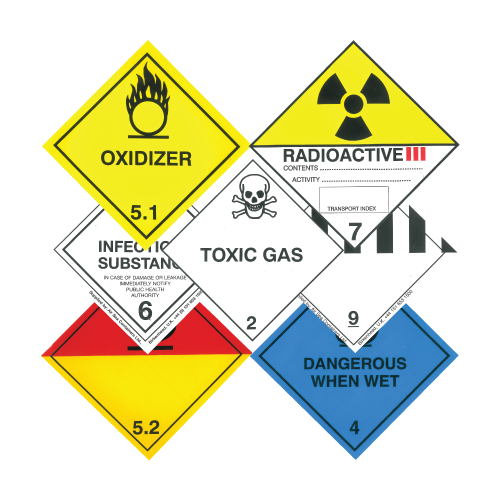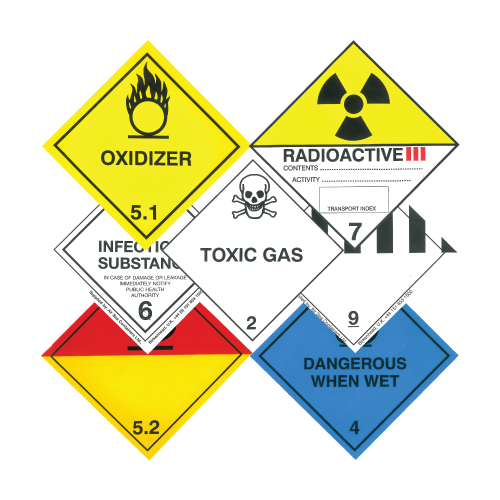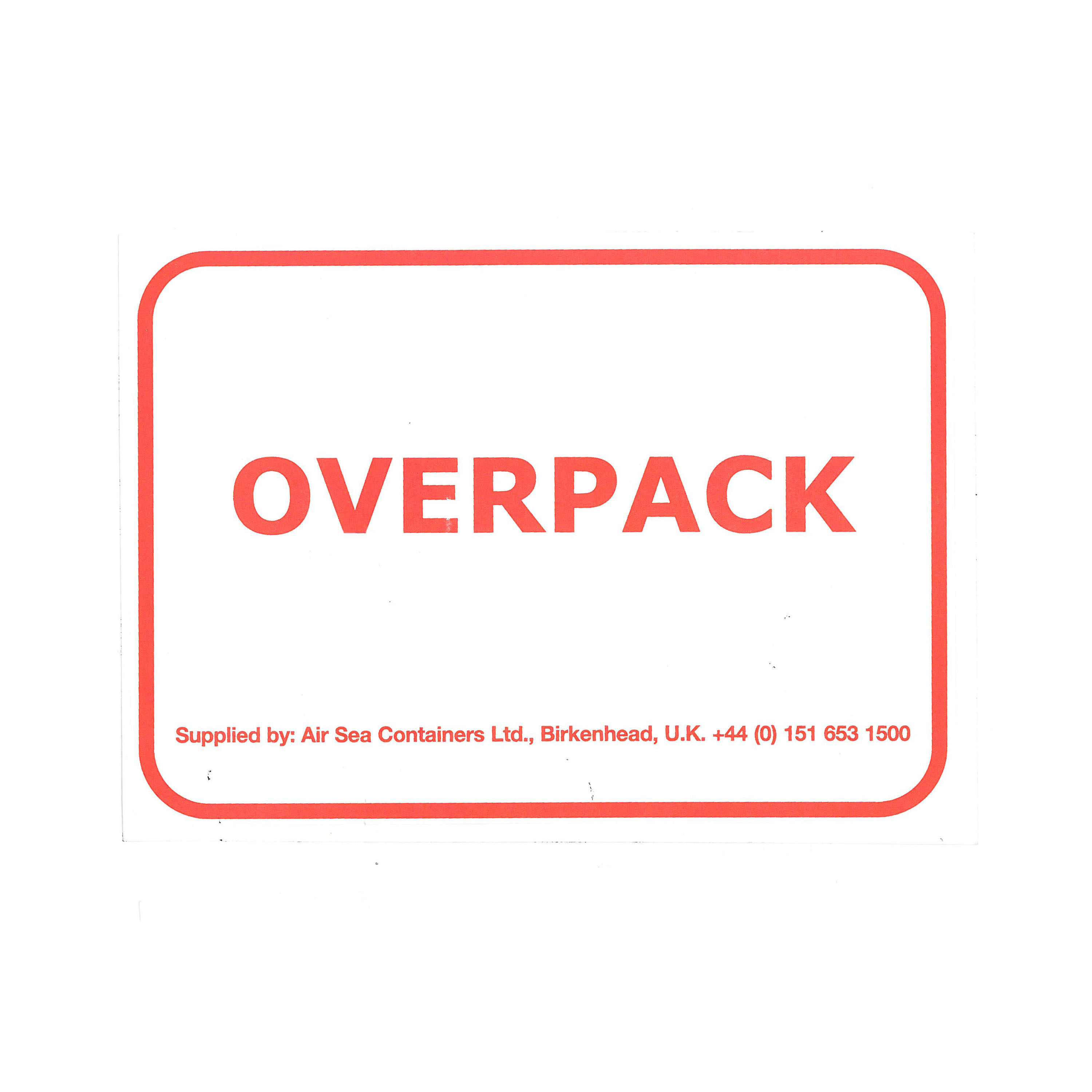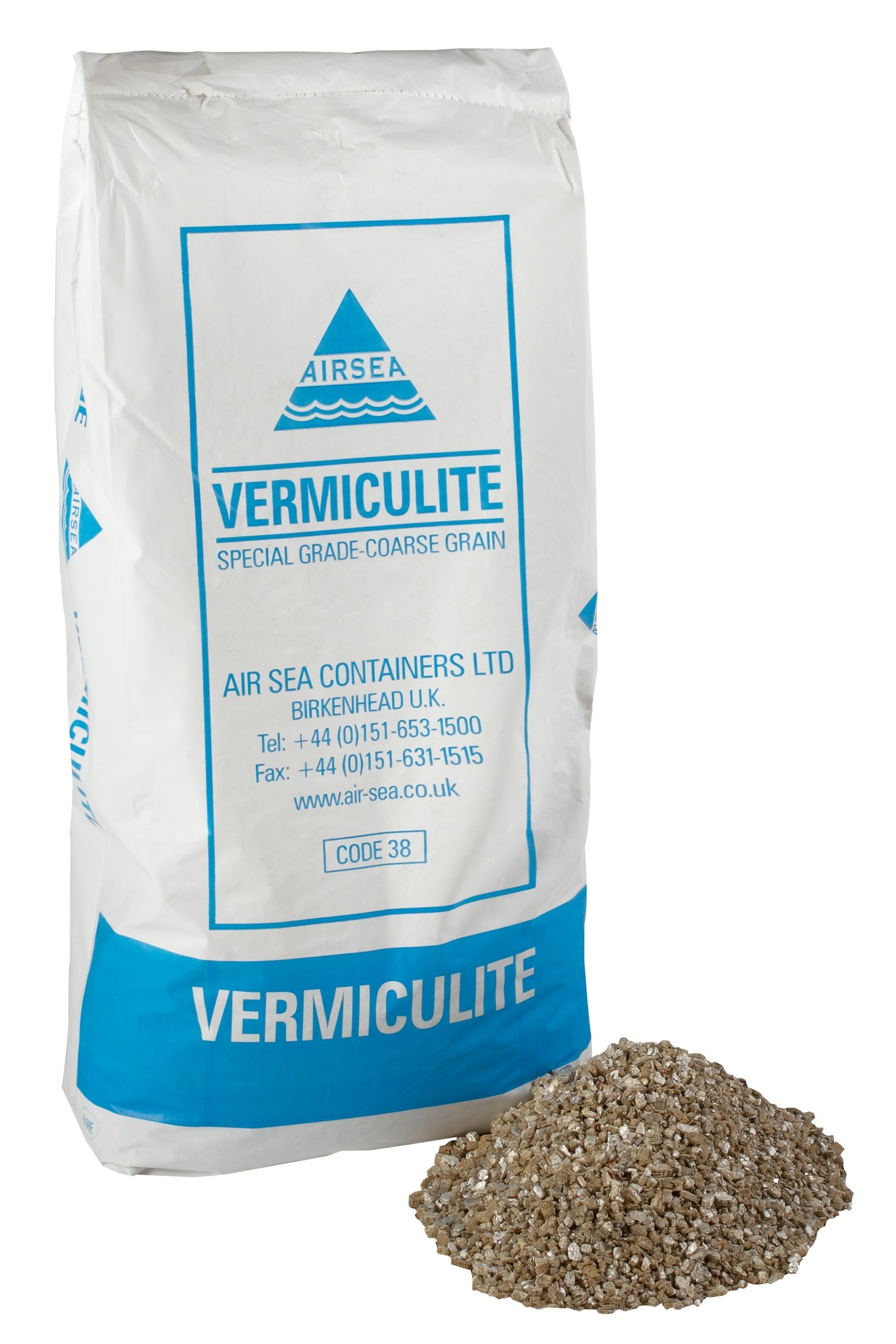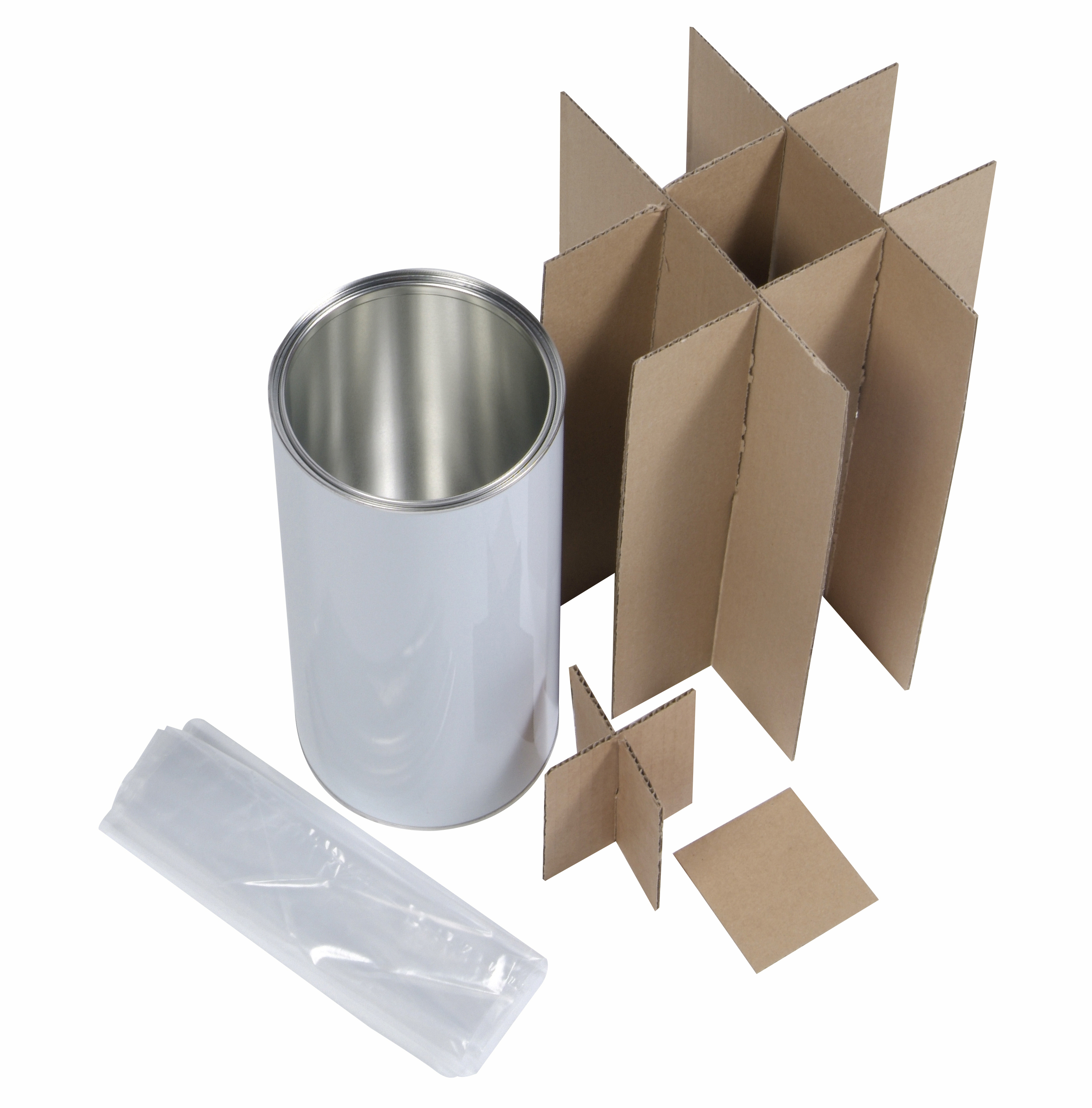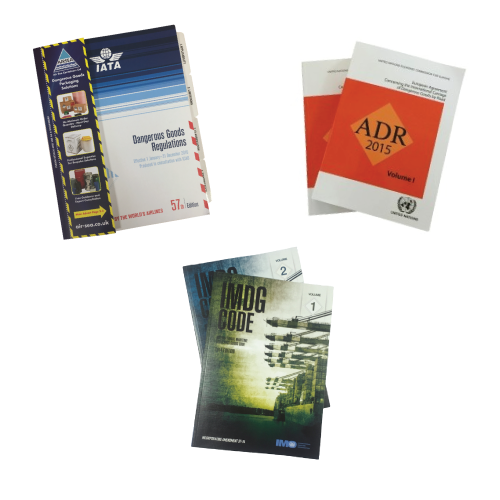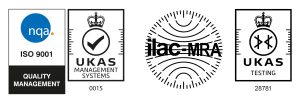Introduction
UN Approved Steel drums are widely used for transporting dangerous goods due to their durability, strength and ability to withstand normal conditions of transport.
As these drums are intended for the use of transporting dangerous goods, strict testing and regulatory standards must be met to ensure the drum is capable of withstanding the normal conditions of transport. The United Nations (UN) has established comprehensive testing requirements for steel drums used in the transportation of hazardous substances, which ensure that these drums meet conditions set out in the dangerous goods transport regulations.
This article will provide an overview of the UN testing requirements for steel drums, focusing on the testing procedures, standards, and certification necessary to ensure the safe transportation of dangerous goods.
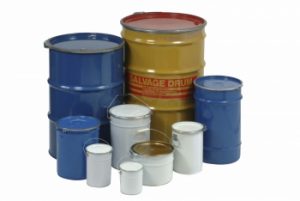
UN Classification of Steel Drums
Before delving into testing requirements, it is essential to understand how steel drums are classified under the UN regulations.
Steel drums typically fall under the following UN packaging codes:
- 1A1 Steel drums with a non-removable head (tight head drums).
- 1A2 Steel drums with a removable head (open head drums).
“1A1” or “1A2” appears in the UN mark on steel drums, which signifies the packaging type (1 = drum) the material type (A = Steel) and the method of closure (1 = non-removable head, 2 = removable head).
Testing Requirements for Steel Drums (solids)
To ensure steel drums meet UN regulations for the safe transportation of dangerous goods, they must undergo rigorous testing procedures. The following key tests are mandatory for all UN-certified steel drums for solids:
1.Drop Test 
The drop test simulates the impact that a steel drum may face during accidental drops in transit. This test is designed to verify the structural integrity of the drum and ensure that the hazardous contents are not released.
Key Requirements:
Test Conditions: The drum is filled with material of equivalent weight to its intended use and dropped from a predetermined height onto a hard surface.
Number of test samples: Six (three for each of the two drop tests)
Drop Heights: The drop height is determined by the packaging group and density of the material being transported:
-
-
- Packing Group I (high danger): 1.8 meters
- Packing Group II (medium danger): 1.2 meters
- Packing Group III (low danger): 0.8 meters
-
Drop Orientations: There are two different drop tests, each of the six sample drums (three samples tested per drop test) are dropped on the drums most vulnerable points (circumferential seam & longitudinal drum seam).
Pass Criteria: No rupture or leakage of hazardous substance should occur after the test.
Prior to testing, each sample must be conditioned as per the special preparation drop test criteria as stated in the regulations.
2. Stack Test 
The stacking test assesses the steel drum’s ability to withstand the weight of additional drums stacked on top of it during storage and transportation. This simulates real-world stacking scenarios in warehouses or transport vehicles.
Key Requirements:
Number of Samples: Three test samples per design type.
Load: The stack test is performed using a predetermined load, calculated based on the package’s height, weight, and any inter-stacking features, to simulate the pressure exerted by a 3-metre-high stack.
Test Duration: The load is applied for at least 24 hours.
Pass Criteria: The drum must not show signs of significant deformation, collapse, or failure that could compromise the safety of its contents. It will be recorded as withstood the load.
3. Material specification checks
In the case of steel drums, drum and closures are all inspected, and their specifications are recorded to ensure that each production run uses the exact same materials and specifications to create the UN approved packaging. This is to ensure the final packaging product is made to the exact specification which passed the UN Testing process resulting in UN approved packaging.
Typical specification checks include material composition, lacquered or plain, material thickness, material weight, dimensions, closures spec/seals, weld specification and capacity.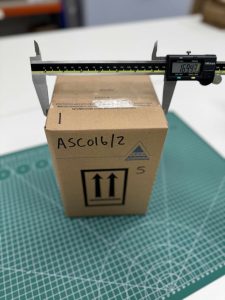
UN Certification and Markings for Steel Drums
Once steel drums successfully pass the required tests, the test report is sent to the VCA checked and awarded a UN certification. The drum is given an approval ID. Each UN drum is printed with a UN mark which includes essential information about the drum’s type, performance level, and manufacture date.
In the UK, the certification of each UN approved packaging type must be revalidated at least once every 5 years. The certificate holder is responsible for ensuring their packaging is sent for revalidation in good time. The process consists of the certificate holder sending a manufactured sample of the packaging to an official test station, specification checks may then be performed on the packaging against the original specification. End users should ensure that the packaging they are using is still valid for transportation and the approval certificate is up-to-date. It is worth noting that different states operate different periods of revalidation, in some cases every year.
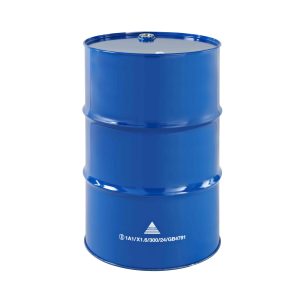
A typical UN marking for a steel drum for solids looks like this:
1A2/X/60/S/24/GB/1234
Where:
1A2: Indicates the package type is a Drum
1A2: Indicates the material is Steel.
1A2: Indicates a steel drum with a removable head. (1A1 Represents a non-removable head)
X: The performance level for Packing Groups X (I) is the highest level of danger.
60: The maximum gross weight in kilograms the drum can carry.
S: The drum is approved with solids
24: The year of manufacture.
GB: The country where the drum was manufactured.
1234: The approval identification code.
The performance level (I (X), II ( Y), III or Z) represents the drum’s capability to handle different packing groups:
X: Suitable for Packing Groups I, II, and III (highest danger).
Y: Suitable for Packing Groups II and III (medium danger).
Z: Suitable for Packing Group III (low danger).
Why is UN testing so important?
Steel drums are essential for transporting dangerous goods due to their strength and durability, but they must meet stringent UN testing requirements to ensure the safety of their contents during transit. These tests, including conditioning, material specification, drop tests and stack tests to ensure the steel drum maintains their integrity under normal transport conditions. Compliance with these tests is critical, and UN-certified drums are marked to reflect their performance levels and capabilities.
By adhering to these standards, manufacturers and shippers can ensure that steel drums provide reliable and safe transportation of dangerous goods worldwide.
If you have packaging that requires UN testing or revalidations get in touch and we can help.
 UK
UK



